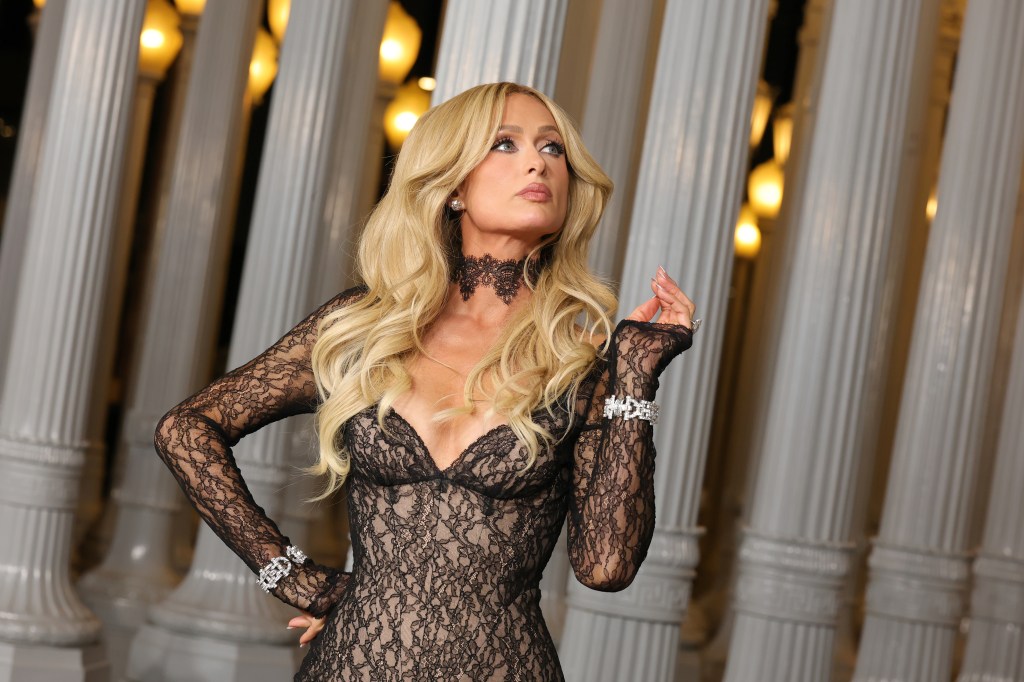The Headlines
STARS ALIGN. The Los Angeles County Museum of Art (LACMA) celebrated its 14th annual Art+Film Gala on November 1, drawing nearly 600 big names from the worlds of art, film, fashion, and entertainment, as ARTnews reports. This year’s bash paid tribute to artist Mary Corse and filmmaker Ryan Coogler, the director of movie Sinners. After a brief delay, courtesy of the Dodgers and a nail-biting World Series finale, the fundraiser resumed with some emotional speeches and a performance by Doja Cat. LACMA’s CEO Michael Govan told the star-studded audience: “We’re art, film, creativity, all deeply intertwined. I always say this is the most creative place on Earth, and you are it, here, all of you.” Co-chaired by LACMA trustee Eva Chow and actor Leonardo DiCaprio, the gala set a new fundraising record, bringing in nearly $6.5 million to support LACMA’s mission of integrating film more deeply into its curatorial programs and advancing the museum’s broader artistic vision.
A ‘GROSSLY DISPROPORTIONATE’ REACTION. A climate activist who smeared washable black and red paint across the case holding an Édgar Degas sculpture at the National Gallery of Art in Washington, D.C., in 2023 has received an 18-month prison sentence, according to the Guardian. The man who received the sentence, Timothy Martin, was one of two activists who led the protest. Edward Martin, a US attorney, said the sentence sends a “strong message” to those seeking to lead protests: “Free speech is a constitutional right. But when you take illegal action, such as causing damage to an art exhibit at the National Gallery, you are crossing a line … we will not tolerate anyone defacing our city to get attention for their cause.” Others said the sentence was unmerited. The Guardian quoted Trevor Stankiewicz, a researcher at Climate Rights International, who said, “It’s hard to fathom how a peaceful protester can receive more prison time than many of the insurrectionists who tried to overturn an election.”
The Digest
Gaetano Pesce’s final public artwork, Double Heart, has been permanently installed at Lyrik Back Bay in Boston. Conceived before the Italian-born artist and designer’s death in 2024, the 30-foot-tall sculpture stands as his only permanent public installation in the US. [Artsy]
Working with architectTadao Ando, sculptor Antony Gormley has crafted his response to Rome’s Pantheon: an 82-foot-wide installation called Ground in Wonju, South Korea, that doubles as an underground art cave. [The New York Times]
An exhibition in Somerset, UK, will showcase large-scale paintings by William Scott, one of the country’s pioneering abstract artists. The display will also explore Scott’s close friendship with American painter Mark Rothko. [Guardian]
UNESCO brought together museum leaders andAI developers to imagine how artificial intelligence can transform the way we experience our shared cultural heritage at an event that was part of the43rd General Conference. [UNESCO]
The Kicker
INDIA ON THE UP. The most expensive Islamicartwork ever sold was a carpet, nearly nine feet long, made for the Shah of Iran’s throne dais in the early 17th century. At Sotheby’s New York in 2013, it fetched nearly $34 million. Yet the market has shifted dramatically since then, the Art Newspaper reports. Ten years later, Christie’s London offered the Baron Edmond de Rothschild Imperial Safavid Carpet, likely woven for a Safavid king, for £2 million–£3 million. Despite its vibrant red wool, intricate leaping birds, and curling tendrils, the 550-year-old textile failed to meet its reserve, highlighting changing fortunes in the fluid world of Islamic art. Aging collectors, evolving museums, and shifting capital have reshaped a market long lacking fixed definitions. Traditional Persianate works, spanning courts from modern Iraq to India, have lost market share, while Indian paintings and religious artifacts from historic Arab polities are gaining attention.



